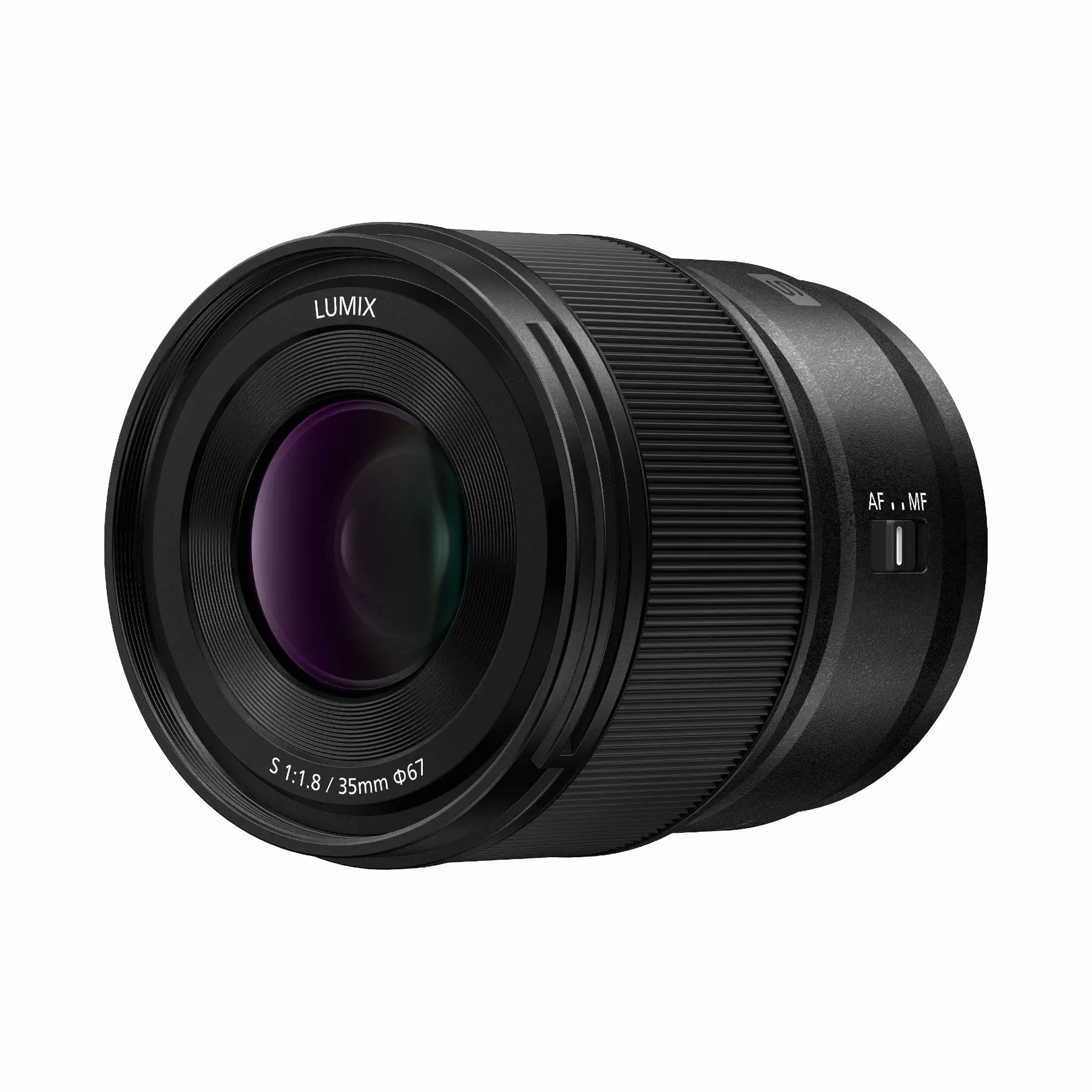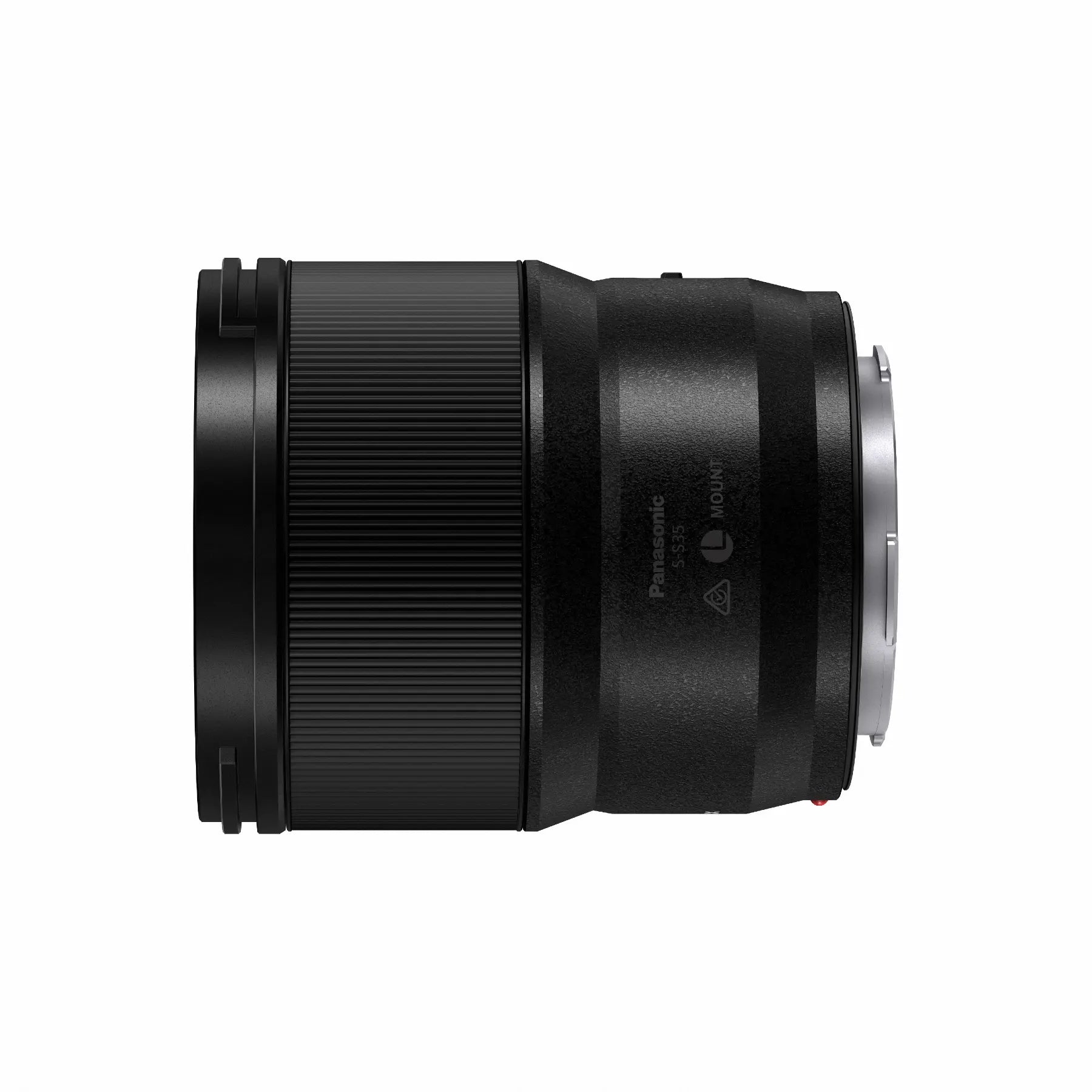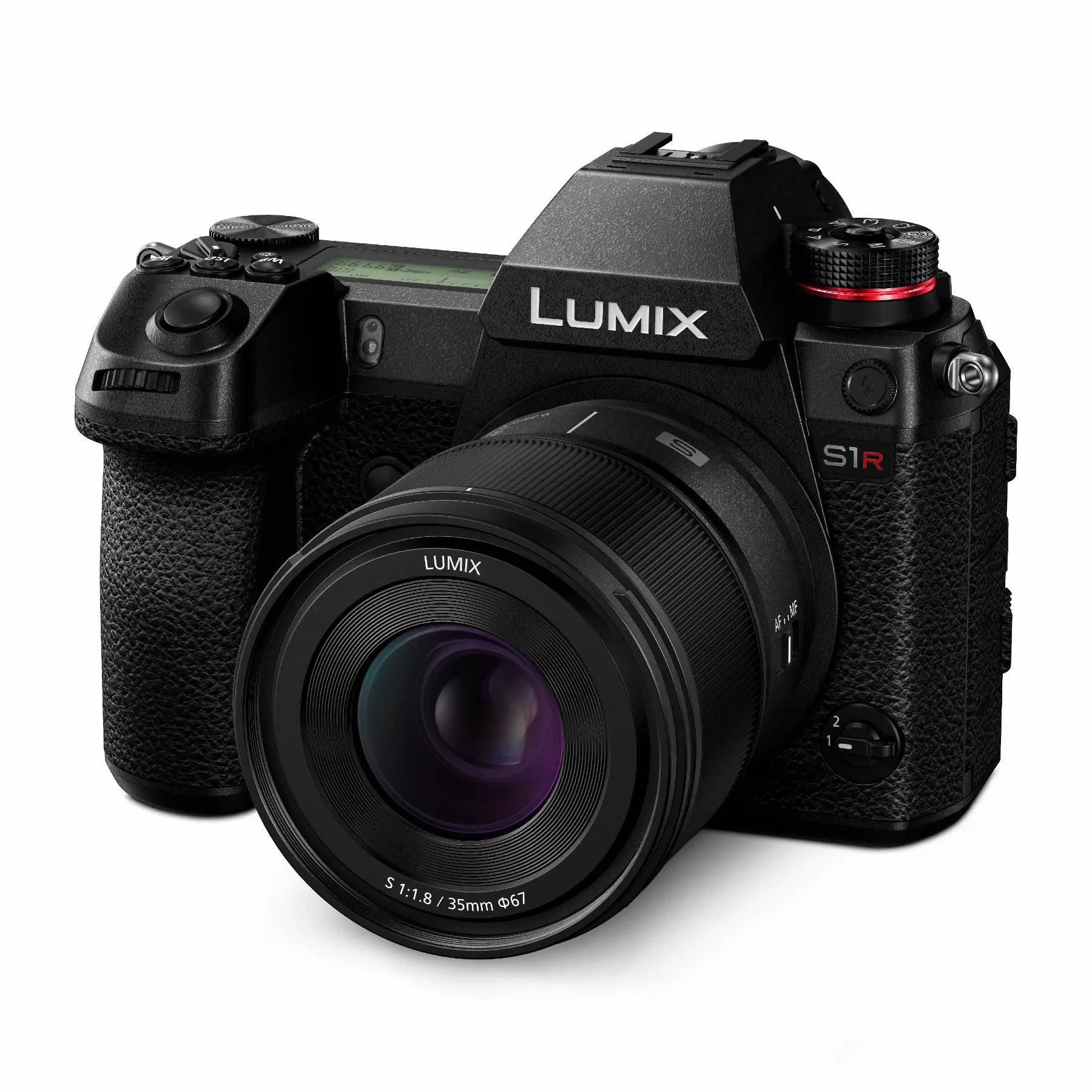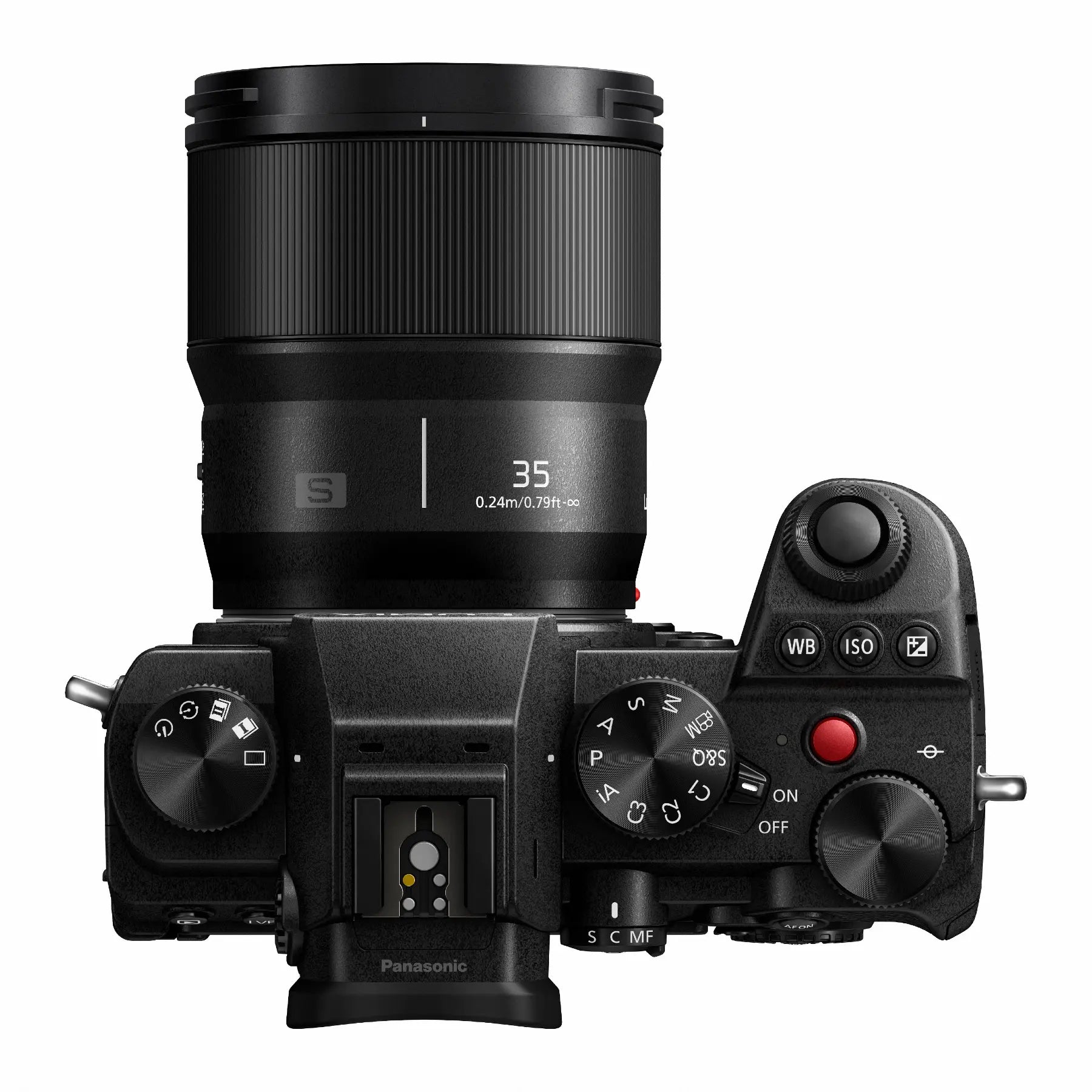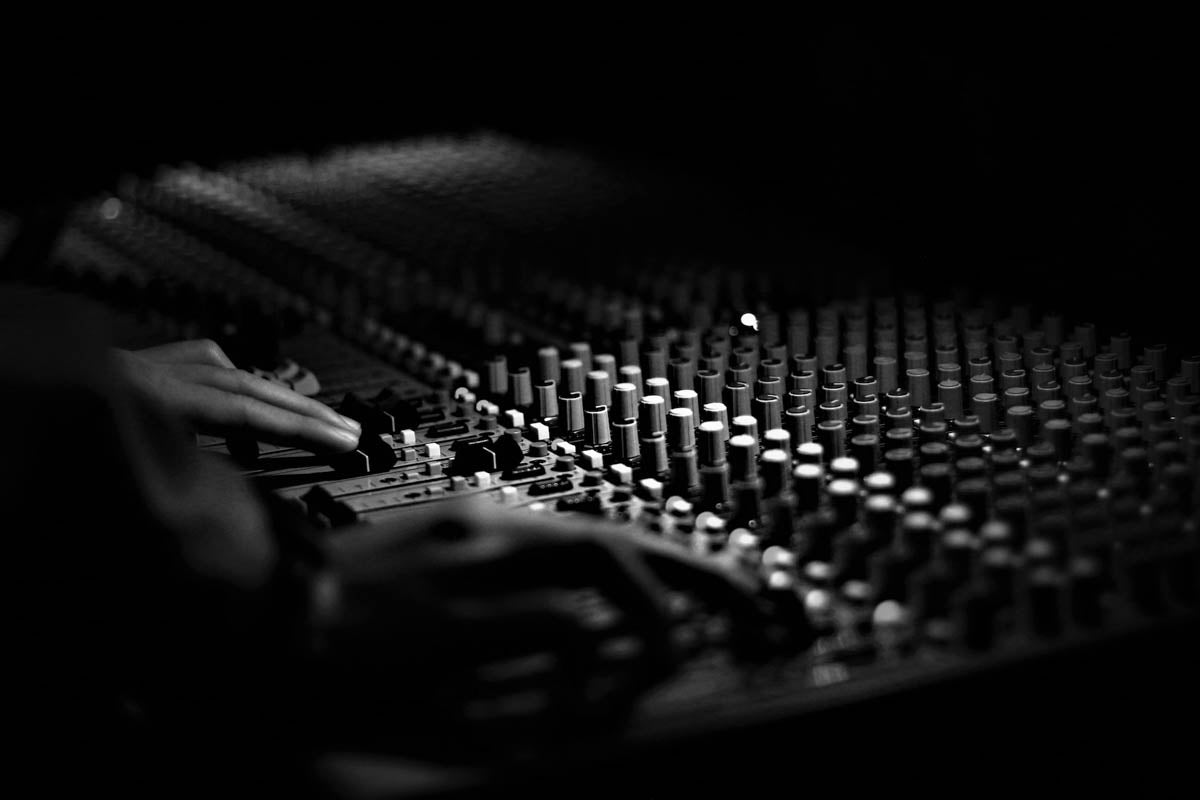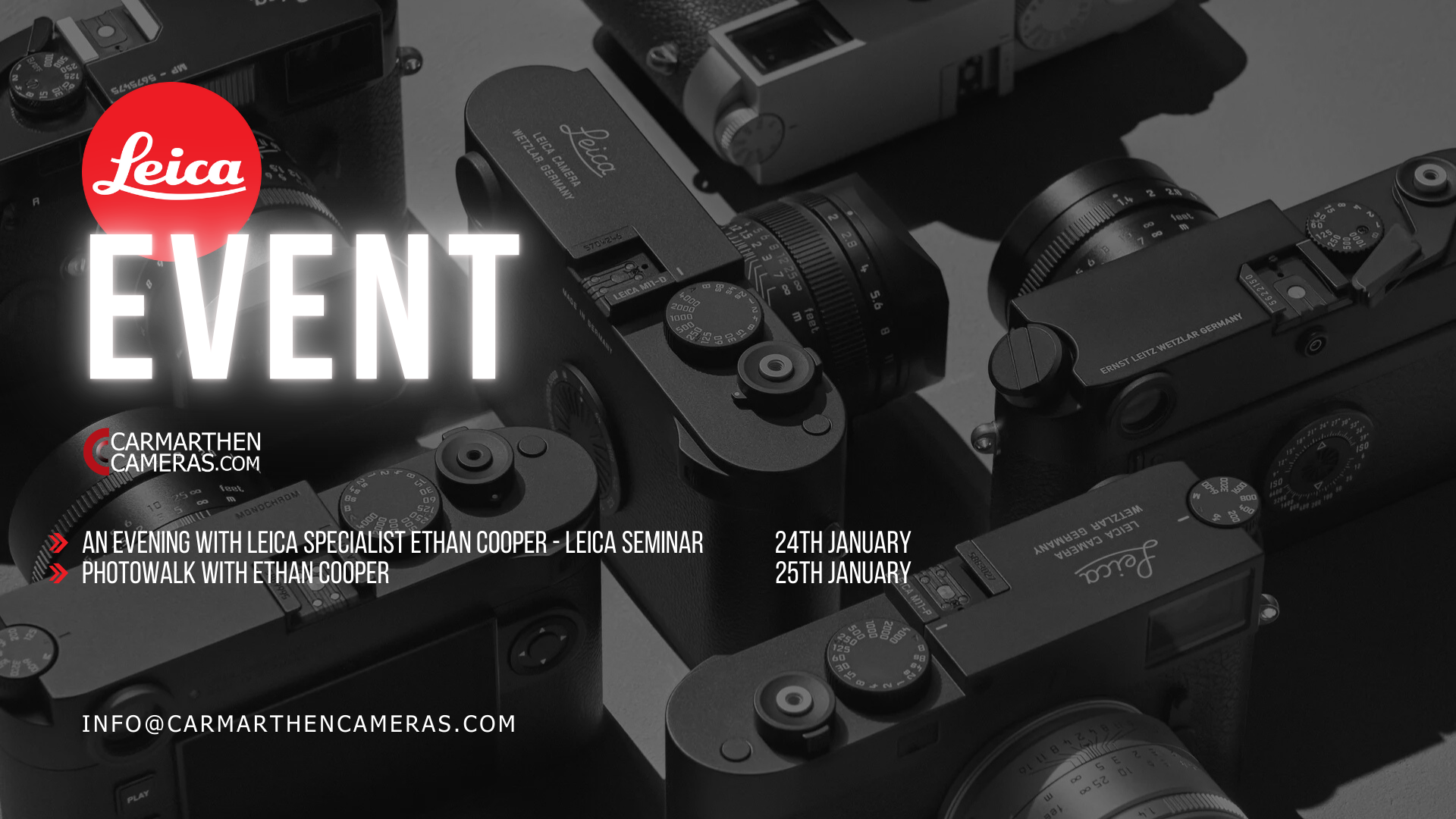Product Description
Panasonic Lumix S Series 35mm F1.8 - L Mount Lens: Versatility, Precision, and Smooth Performance
The Panasonic Lumix S Series 35mm F1.8 - L Mount Lens is the perfect choice for photographers and videographers looking to capture sharp, realistic images with a natural perspective. With a 35mm focal length, this lens excels at portraits, snapshots, and video work, while its bright f1.8 aperture ensures beautiful background blur and enhanced depth of field control. Lightweight, compact, and built to perform in tough conditions, this lens is a versatile tool for creatives on the go.

Key Features:
- 35mm Focal Length for a natural, standard perspective
- Bright f1.8 Aperture for low-light shooting and depth of field control
- Lightweight and Compact Design for easy handling and portability
- High-Quality Construction with 11 elements in 9 groups, including 3 ASPH and 3 ED lenses
- 4K Video Compatibility with focus breathing suppression and smooth aperture transitions
- Weather-Sealed Design for dust, splash, and freeze-resistance down to -10°C

Ideal for Realistic, Expressive Imagery
The Lumix S 35mm f1.8 lens delivers a strong sense of realism, making it ideal for capturing images that evoke space and depth. Whether you’re shooting portraits, landscapes, or everyday moments, this lens provides beautifully smooth bokeh and excellent subject separation. The bright f1.8 aperture allows for more creative control, giving your photos and videos a professional, artistic touch.

Built for Video Creators
Designed with modern content creators in mind, the Panasonic Lumix S 35mm lens is optimized for video. Its focus breathing inhibition ensures smooth transitions when shifting focus, while seamless aperture control allows for smooth exposure changes, critical for professional-looking 4K video. Fast, accurate autofocus keeps your subject sharp, and the lens operates quietly, ensuring your audio remains pristine.

Rugged, Weather-Sealed Design
The dust, splash, and freeze-resistant construction ensures this lens performs even in challenging outdoor environments. With the ability to shoot in temperatures as low as -10°C, you can confidently use this lens in various weather conditions, from rain to snow.

Exceptional Optical Quality
Featuring an optimized lens configuration with 3 aspherical (ASPH) and 3 extra-low dispersion (ED) elements, the Lumix S 35mm F1.8 minimizes chromatic aberrations and distortion, ensuring edge-to-edge sharpness and clarity. This results in superb resolution and excellent image quality, whether you’re capturing stills or video.

Consistent Performance Across the F1.8 Series
The Lumix S 35mm f1.8 is part of the LUMIX S F1.8 Series, designed to offer consistent performance and seamless continuity when switching between lenses. This means you’ll maintain the same expressive power and image quality across your entire sequence, whether you’re using this 35mm or another lens in the series.
For full specifications click Here

Payment & Security
Your payment information is processed securely. We do not store credit card details nor have access to your credit card information.

